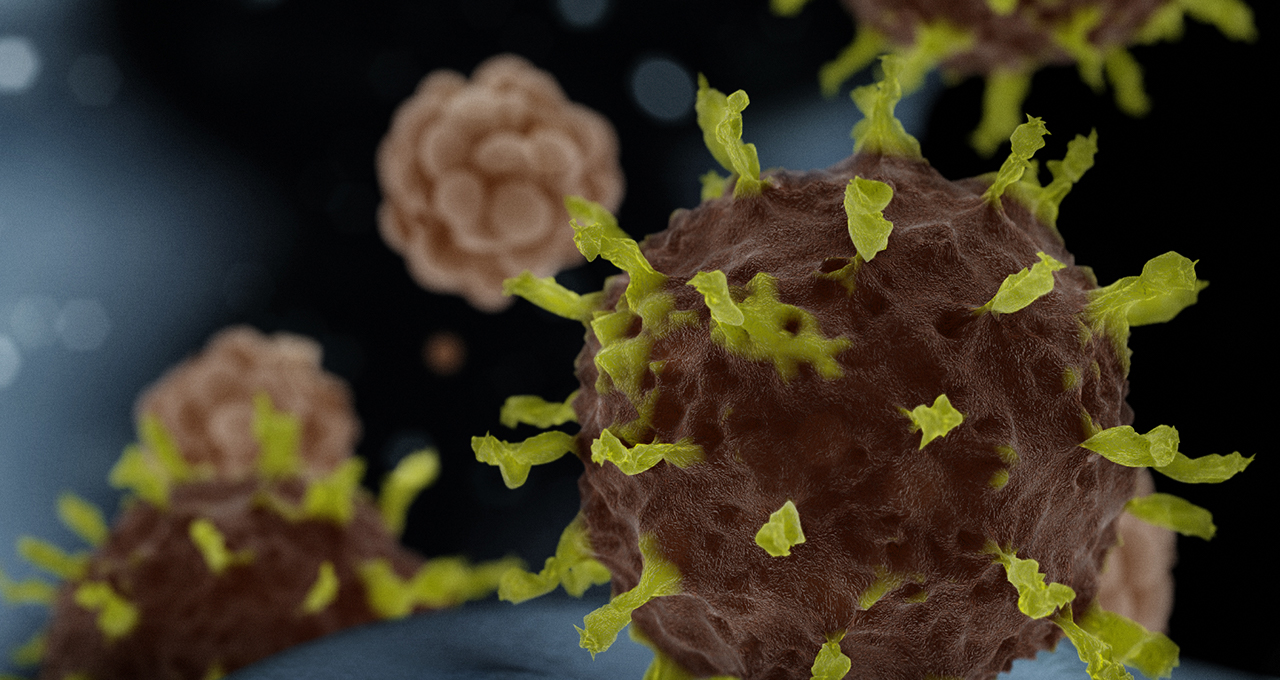A task force of NVIDIA computer scientists has joined the COVID-19 High Performance Computing Consortium, which brings together leaders from the U.S. government, industry and academia to accelerate research using the world’s most powerful HPC resources.
The consortium’s objective is to accelerate development of effective methods to detect, contain and treat the coronavirus. It will support researchers by providing access to 30 supercomputers with over 400 petaflops of compute performance.
The NVIDIA team has expertise across a variety of critical domains, including AI, supercomputing, drug discovery, molecular dynamics, genomics, medical imaging and data analytics. It’s led by Ian Buck, vice president and general manager of Accelerated Computing.
“The COVID-19 HPC Consortium is the Apollo program of our time,” Buck said. “Not a race to the moon, this is a race for humanity. The rocket ships are GPU supercomputers, and their fuel is scientific knowledge. NVIDIA is going to help by making these rockets travel as fast as they can.
“Achieving progress will ultimately require combining three essential ingredients – domain scientists, computer scientists and high-performance computers. We’re honored to play a role in this effort.”
The NVIDIA task force will help the consortium by:
- Applying AI: NVIDIA brings expertise in AI to help the consortium’s scientific teams ingest and process more data, faster to deliver better insights in less time.
- Accelerating science: NVIDIA brings more than a decade of expertise in molecular biology, medical imaging, genomics, and computational fluid dynamics and visualization.
- Optimizing computing at scale: NVIDIA brings expertise in optimizing throughput of supercomputers. Optimizing performance is as important as adding more computing resources — a 20 percent optimization, for example, on a 330 petaflops system is equal to 60 petaflops, equivalent to the fourth fastest supercomputer in the world.
NVIDIA will also contribute the packaging of software for relevant AI and life-sciences software applications through NVIDIA NGC, a hub for GPU-accelerated software.
The COVID-19 research tools on NGC, all publicly available, are optimized for use on a broad range of GPU platforms, including supercomputers, NVIDIA DGX systems, NGC-qualified servers, public cloud GPU instances and NVIDIA Quadro workstation GPUs.
NVIDIA GPUs are used in many of the supercomputers already contributing to the fight against COVID-19:
- A research team used the world’s fastest supercomputer, Summit, at Oak Ridge National Laboratory, to identify 77 drug compounds that could be effective for treating the disease. Powered by more than 27,000 NVIDIA GPUs, Summit helped cut time to discovery from years to a few days.
- Researchers at the University of Texas at Austin and the U.S. National Institutes of Health used GPUs to create the first 3D, atomic-scale map of the spike protein, the part of the virus that attaches to human cells. Mapping the spike protein is essential for researchers to develop drugs to prevent the virus from infecting human cells.
- Hundreds of thousands of gamers participate in a distributed computing network called Folding@Home that uses protein folding to model the molecular structure of the virus. Their 356,000 NVIDIA GPUs contribute 1.5 exaflops of performance.
Researchers are invited to submit COVID-19-related research proposals to the consortium via this online portal, which will then be evaluated for assignment to computing resources.
